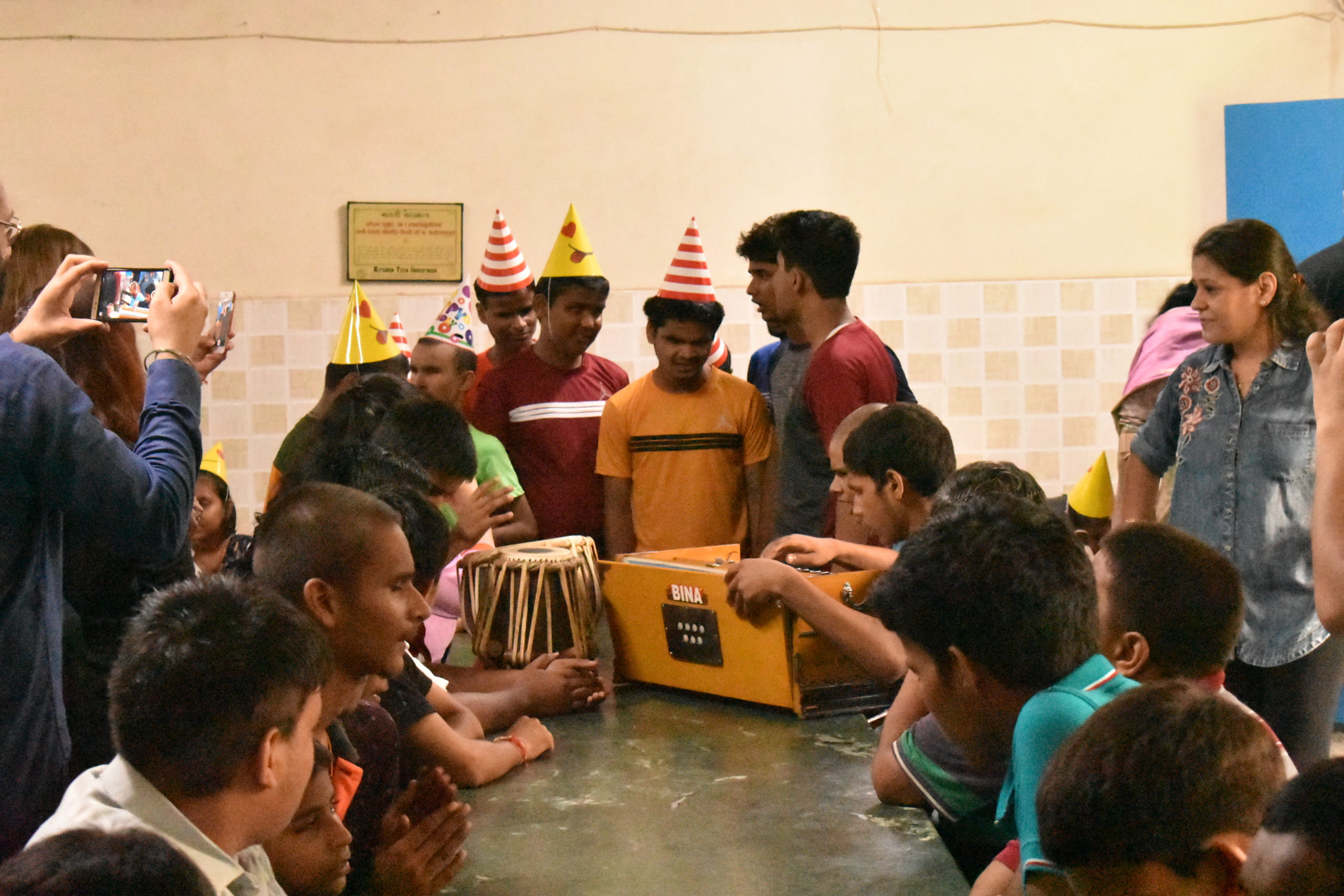THE CORRECT USAGE OF TERMINOLOGIES
Imagine yourself being born with a physical disability. You grow up and over the years you are constantly referred to as ‘the limping person, or as the lame person’ – all throughout school, college and professional life. Your identity, now, is reduced to just that. How does that feel? A little dehumanizing, right? That’s exactly what labels do.
Labelling means assigning a restrictive category to an individual or a group. While categorisation does help to break the world into units to formulate clearer understandings of things and concepts, there is a danger to this attempt at simplification.
Language has the power to heal, but also the power to create destruction and repeat systems of power, suppression and oppression. And when it comes to referring to people with different abilities, labels tend to have more negative repercussions than positive. They become the overarching identity of the person, rather than just one facet of their entire life. The reductive act that is labelling needs to be done away with immediately.
This is where person-first language steps in to the rescue. The Person-first language as the name suggests puts the “person” first before their diagnosis. It helps to fight dehumanizing language and labels which, otherwise, is used in a casual manner. It can be generally practised and applied to any individual or a group that is defined by a particular trait.
Person-first language uses terms such as “Person with Disability” rather than “Disabled Person”. This gives out a perception that the individual is first and foremost seen as a person and secondly as someone with a disability. This separates the person from the trait. It portrays that the individual is a ‘person’ who happens to have a certain trait and not the other way around. Using this structure helps one step away from the reductive concept of labels, see people for who they are and not just for their varied traits.
Here are some of the examples of how you can change your vocabulary to start using the Person-first language:
Disabled person = Person with Disability
HIV Child = Child living with HIV
Diabetic person = Person who has diabetes/person living with diabetes
This is a little step towards humanizing the existence of an individual. A little change in the use of terminologies goes a long way in maintaining their dignity and aids them in their battle with discrimination.
About the Author


Eeshwarna Sethuramalingam is the Programme Manager at Wishes and Blessings. When she is not petting dogs, you can find her painting away in a corner.

